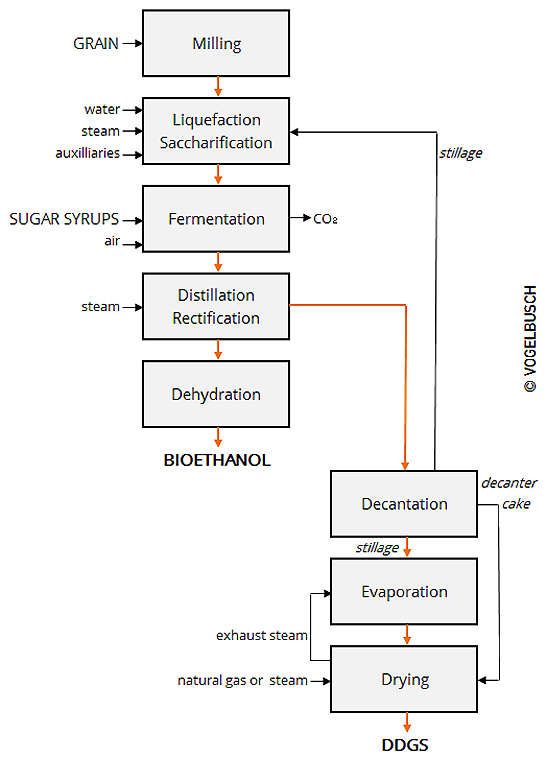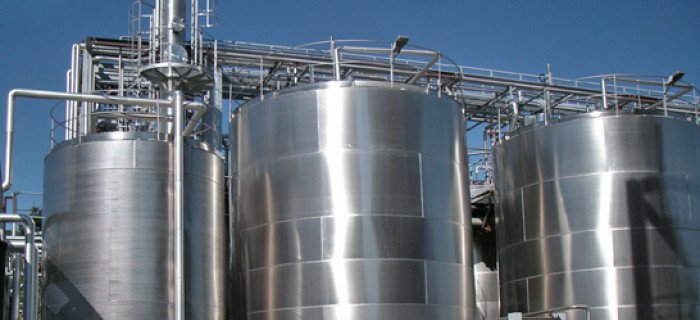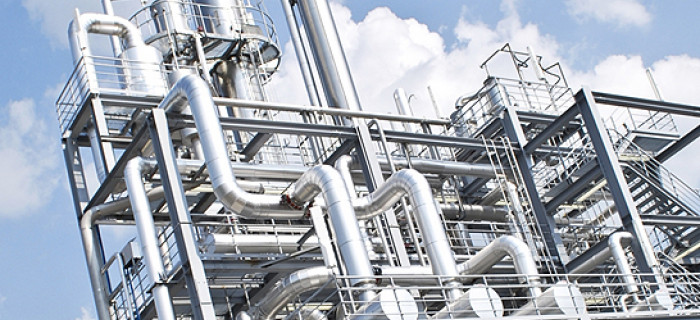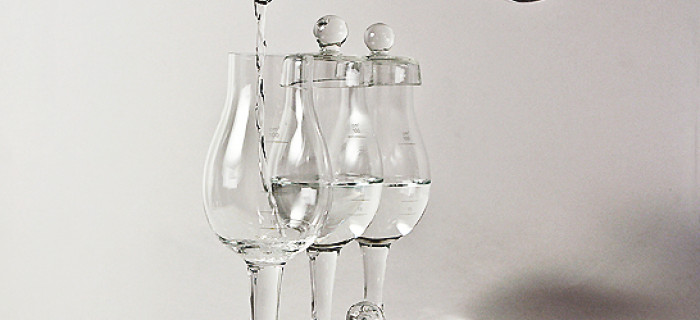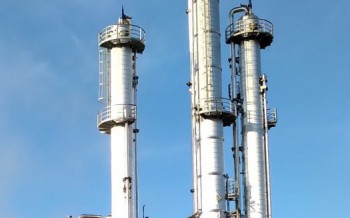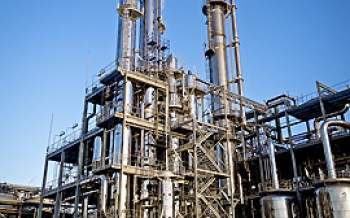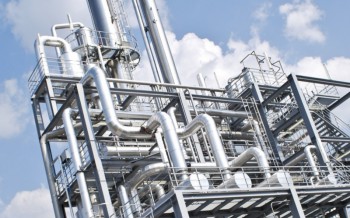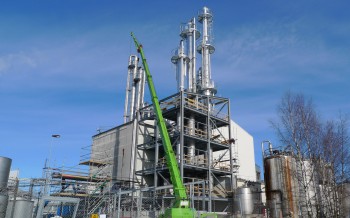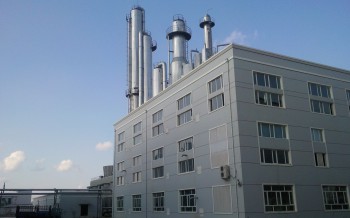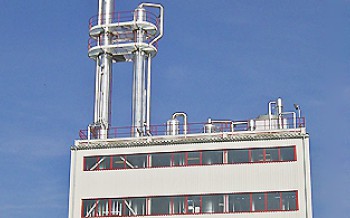Transformation into alcohol
BIOREACTION
Starch is treated by liquefaction and saccharification to obtain glucose as a fermentable sugar. The partly saccharified substance is cooled down and fed directly to the fermentation unit. Final conversion of the starch into glucose takes place simultaneously during fermentation. To reuse water and latent heat, the Vogelbusch HotMash© process recycles a decanted stillage stream to liquefaction/saccharification.
At the fermentation stage, yeast is employed to convert monosaccharides into alcohol.
Fermentation units can be implemented as batch, fed batch or continuous processes. Continuous systems are generally cheaper and easier to operate. Batch systems are often preferred for highly inhibiting substrates (e.g. low-grade molasses) or situations in which feedstocks must be frequently switched (e.g. molasses vs. grain).
The Vogelbusch standard fermentation process in alcohol production is our advanced MultiCont© continuous fermentation.
Fermentation of the substrate starts in a pre-fermenter under adjusted conditions that promote yeast growth. The fermenting mash flows steadily through a series of main fermenters, while the alcohol concentration increases to a range of 12 - 14 %vol, (depending on the raw material). From the last fermenter the alcohol mash is fed to an intermediate tank for distillation.
The heat generated during fermentation is removed via external heat exchangers, exhaust air from the fermenters is led through a scrubber for recuperation of alcohol.
With some non-fibrous substrates such as molasses or starch milk, yeast recycling can be used to improve yield and accelerate fermentation.

